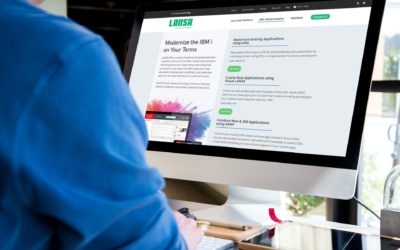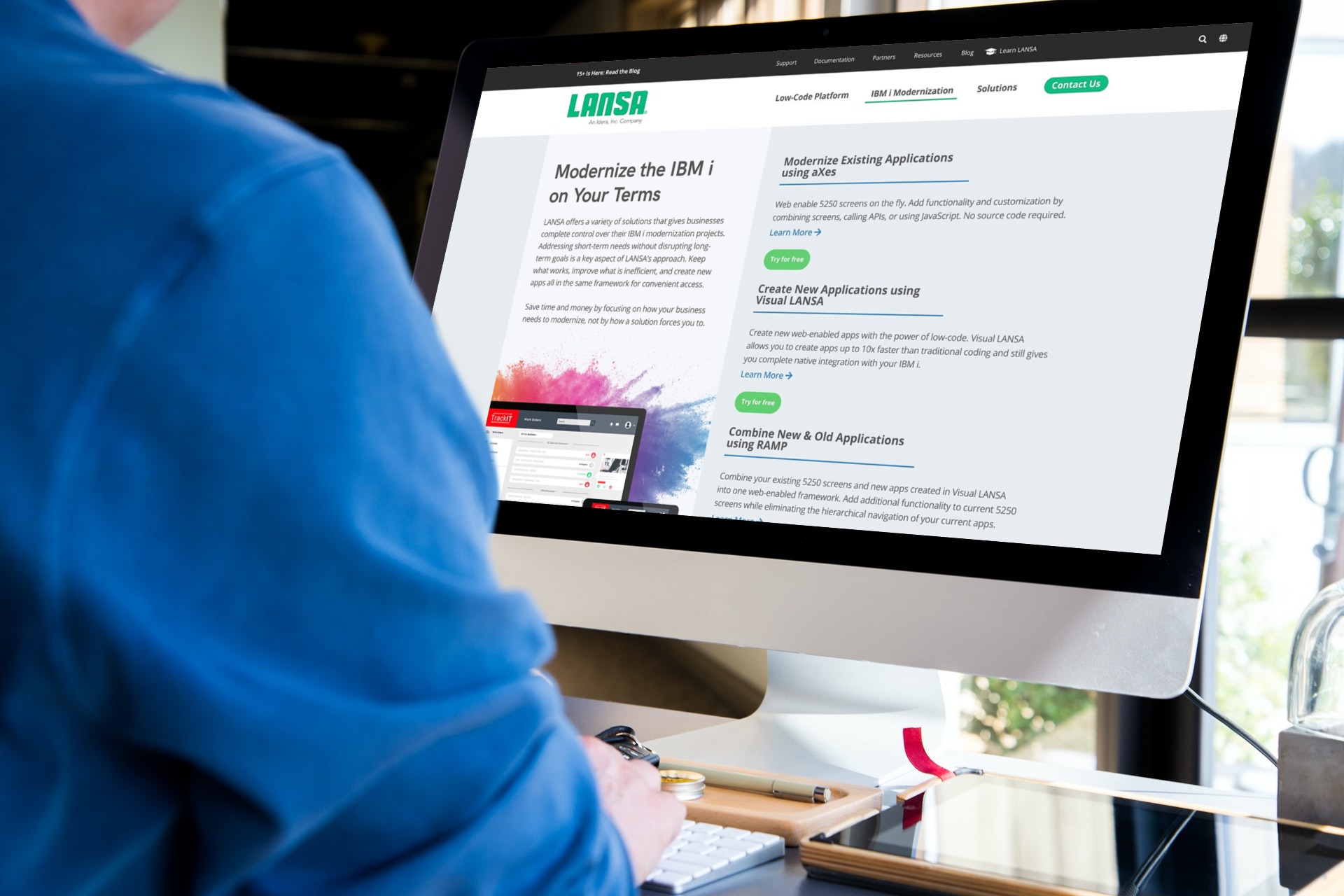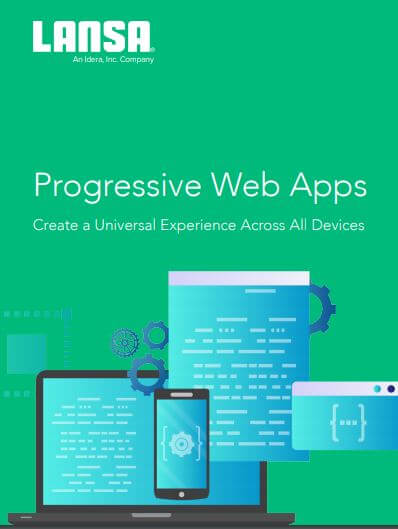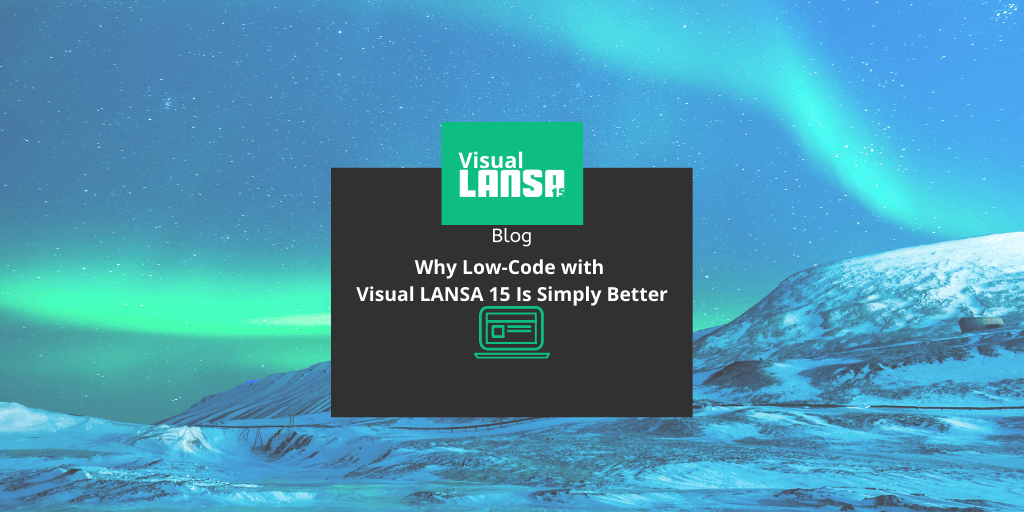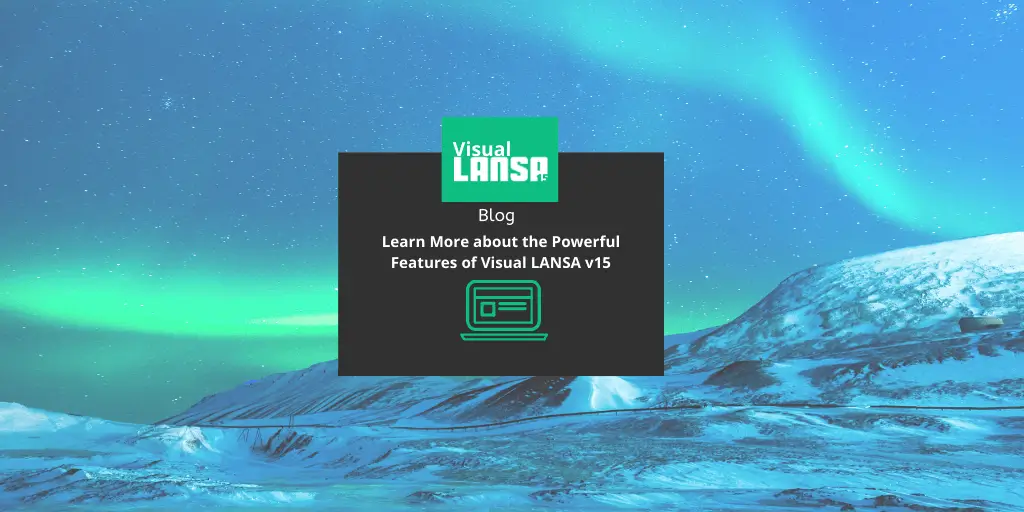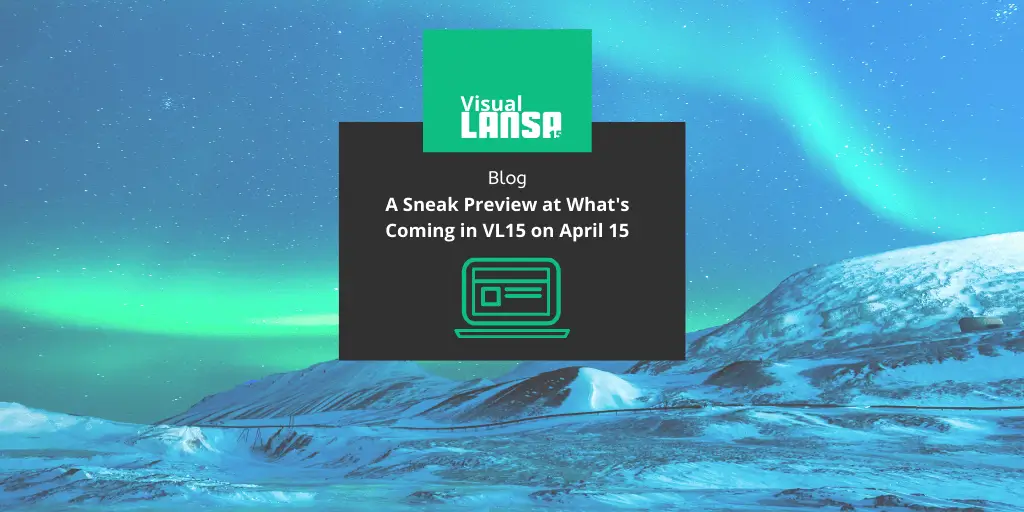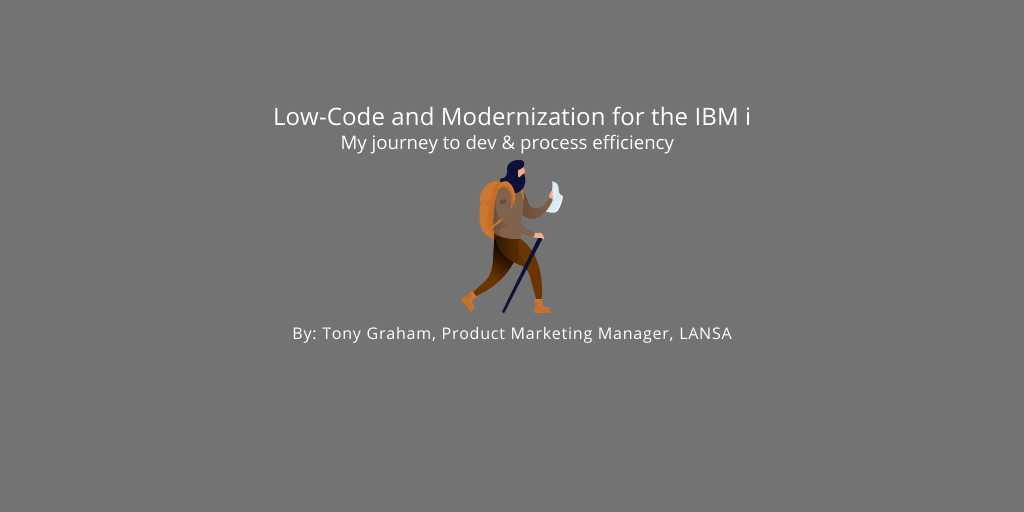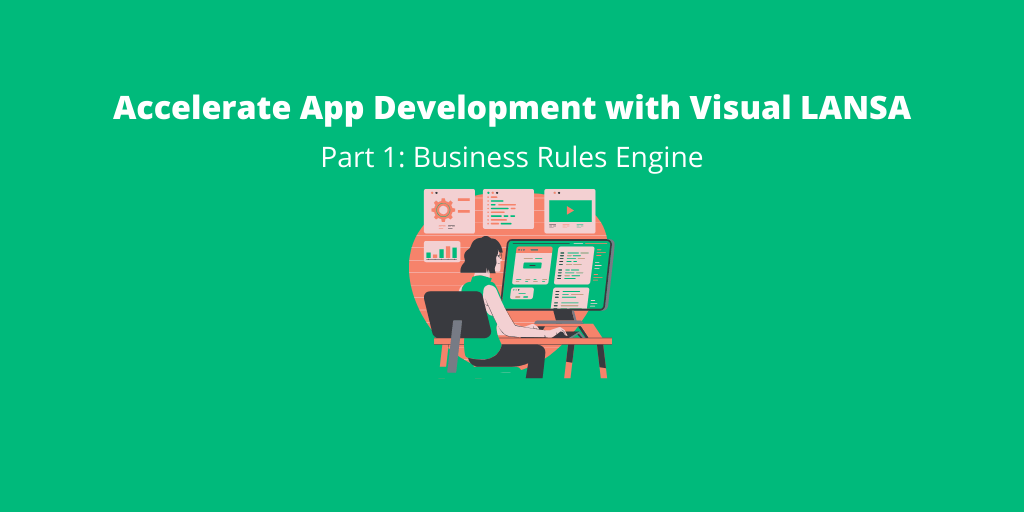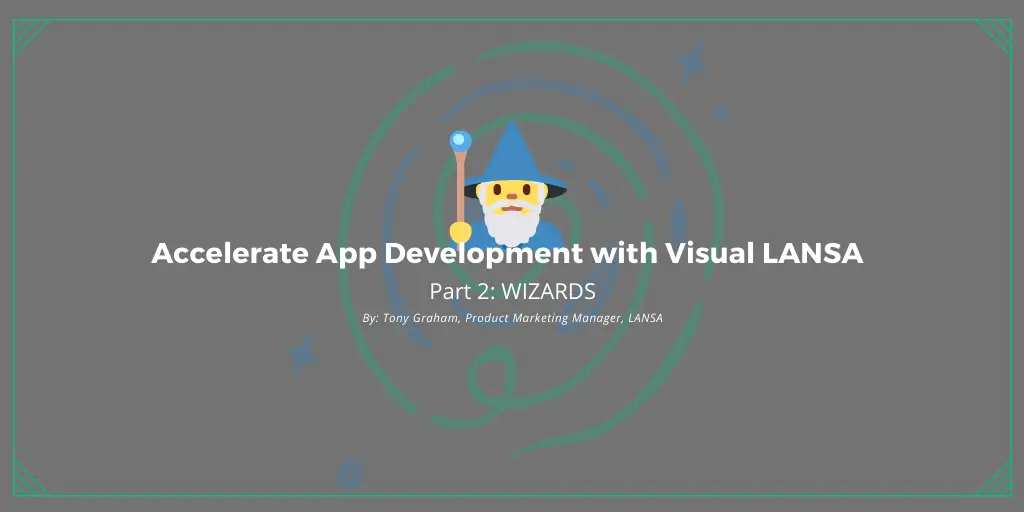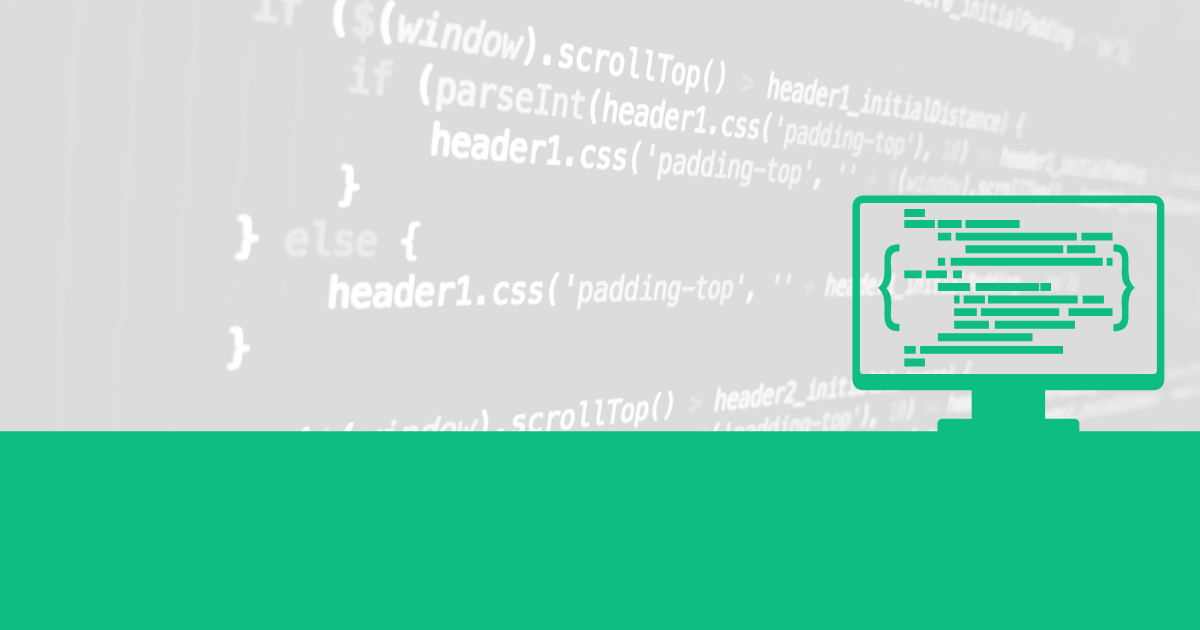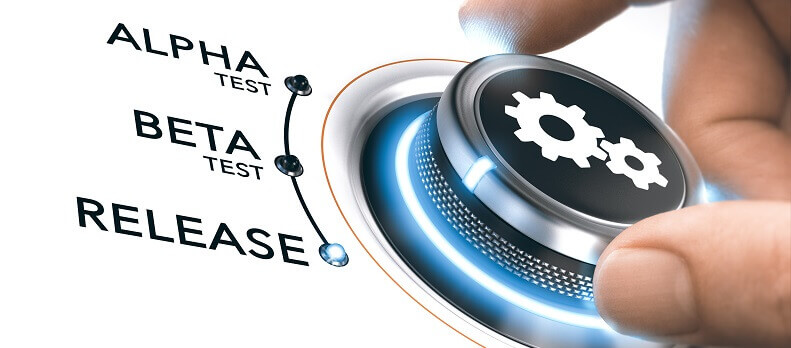Microsoft SharePoint has grown exponentially since its release in 2003. Did you know it took SharePoint only five years to surpass the $1 billion mark in annual sales? I believe SharePoint was gobbled up quickly by so many companies because it’s relatively inexpensive and easy to build a business case with a compelling return on investment.
That said, I find it odd that in the SMB market – a market that cherishes return on investment (and thus our love affair with the IBM i) – we find little mention of IBM i organizations embracing SharePoint. Microsoft has hit a proverbial homerun with SharePoint, yet it appears few of us on IBM i take advantage of it. If the Magic 8-Ball says SharePoint and IBM i can coexist, then what gives?
I think we need to allow the IBM i community to ask the Magic 8-Ball a few more follow-up questions to bring more clarity to this topic.
Doug – IBM i System Administrator – says, “Our .NET developers want to access my DB2 data from SharePoint via ODBC, but I’ve heard ODBC is not very secure. Is there better way?”

Sally – RPG Developer – says, “Our .NET developers can only access data on the IBM i, nothing else. Some of the information they need isn’t stored in DB2. Will their SharePoint apps be successful?”

Let’s look at how LANSA’s low-code platform can help your organization save its financial resources in this article about IBM money.
Jerry – IBM i IT Manager – says, “I just talked to someone that’s planning on running their refaced 5250 apps inside of SharePoint. Is this a good idea?”

Joanne – IBM i Business Analyst – says, “We have a lot of business logic trapped inside large RPG programs. We don’t have the time (or patience) to extract core functionality into APIs. Is there a way to access this code from SharePoint?”

Frank – VP of Sales – says, “Creating orders in our legacy systems takes 20-30 screens and the users hate it. Team SharePoint wants to rewrite it in .NET, but Team IBM i says they’re in way over their heads. Is improving this process a lost cause?”

My goal for this blog was to make everyone aware that SharePoint and the IBM i can work together in tandem. This isn’t science fiction, its reality. Plus, the Magic 8-Ball said so – so it has to be true! With the techniques described above, IBM i organizations can deliver SharePoint solutions where users can pull-up a single composite screen that contains:
- DB2 customer data
- Order information from a refaced 5250 screen (buried deep inside their ERP, with all the navigation stripped away)
- Dashboard graphs and gauges displaying key performance indicators with data derived from IBM i APIs
- Brand new web parts written in .NET that are fully integrated with native IBM i objects or can leverage an entire legacy process that would normally take 25 green screens.

- If you have SharePoint, what kinds of applications are you building?
- If you have SharePoint, does it integrate with the IBM i or run on an island?
- If your SharePoint applications are integrated with IBM i, in which way(s) are they integrated?
- If your SharePoint applications are not integrated with the IBM i, what issues are you having?
- If you’re not using SharePoint, what’s stopping you?
Looking forward to your feedback.




